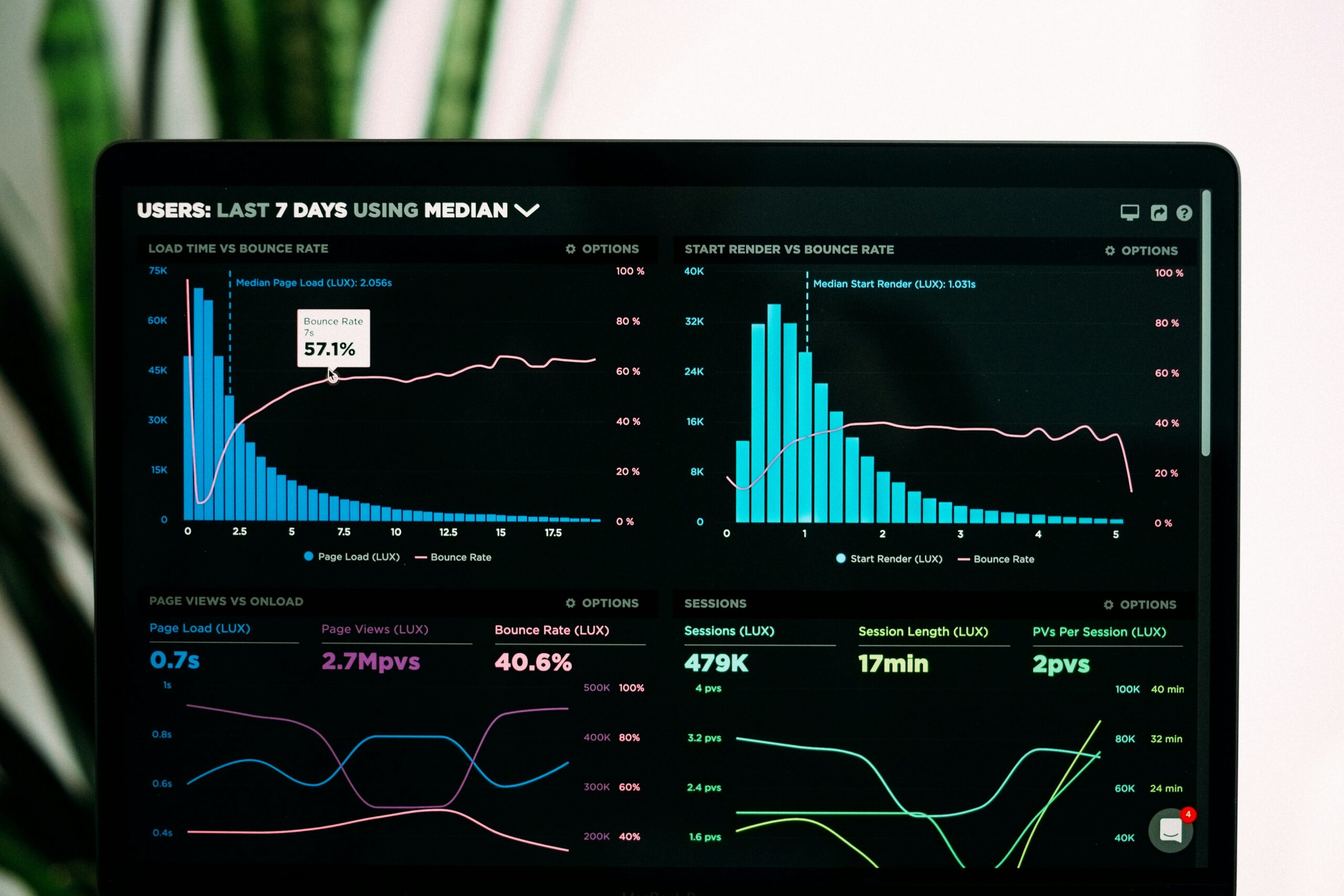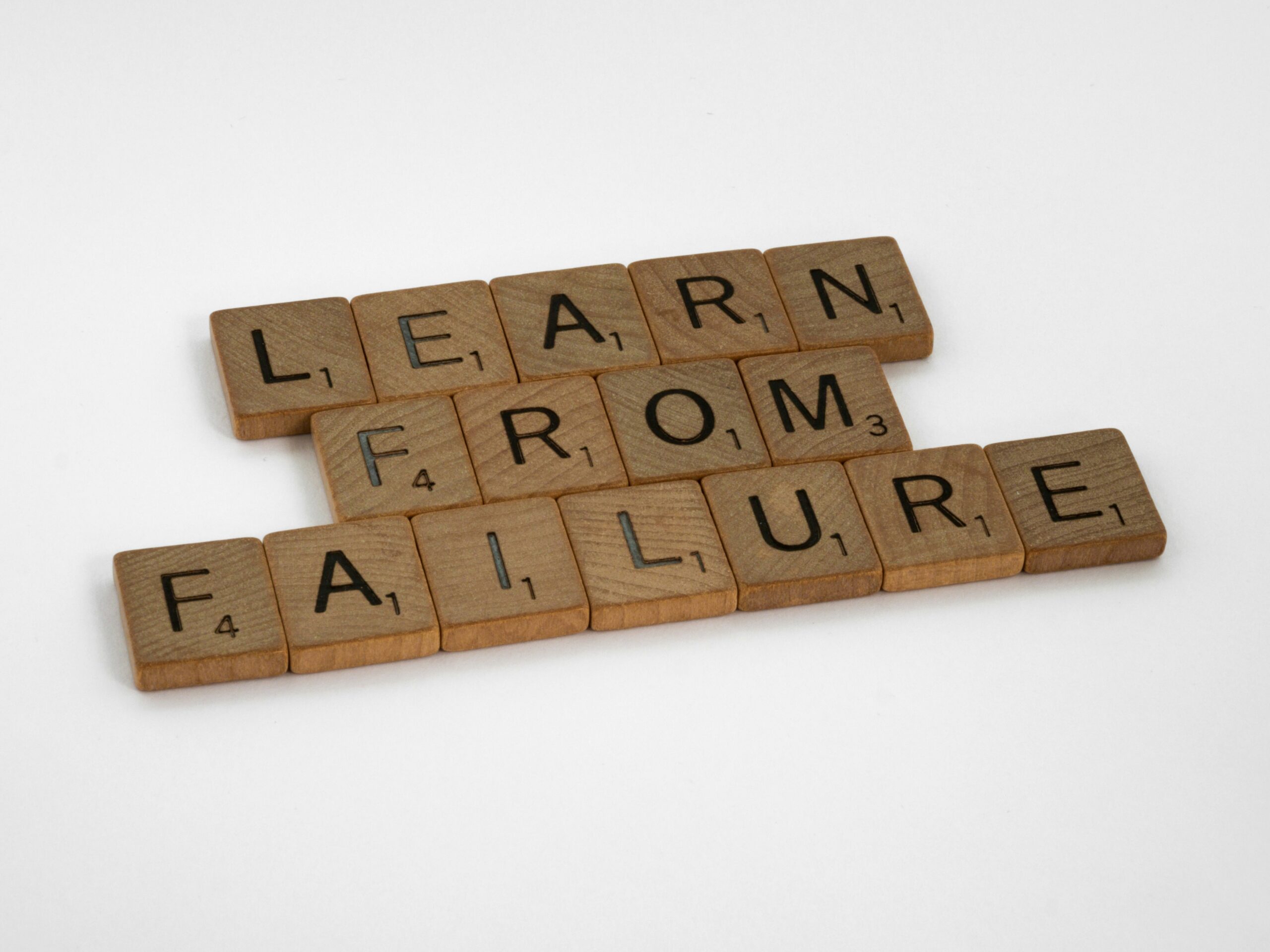In my first role as an E-commerce Product Manager, I remember going into our company’s Google Analytics account for the first time and then proceeding to get absolutely lost in a jumble of metrics. As an inexperienced newbie, I knew that being ‘data-centric’ was important and thought that after completing my Google Analytics certification, I simply needed to go into the platform and then voila – I’d be able to gather all the insights I needed in order to improve our Product.
As you can probably tell, I couldn’t have been more wrong. However my story is a pretty common one. We have so much data at our fingertips these days that it can be really overwhelming, especially for newcomers to the role to understand which metrics are crucial for driving success and which are simply ‘vanity metrics’. So for those who have recently found themselves in a role as a Product Manager at an E-commerce company, or those looking to break into that role, below are the top 9 metrics you absolutely must track in order to drive product success. I have also included E-commerce benchmarks for these metrics so that you can see yourself whether your business’s performance is above or below industry standards.
_________________________________________________________________
As a Product Manager, you need to have a good understanding of the full user journey, from the moment you acquire a user, up until they purchase and beyond. Even though different teams might be responsible for optimizing different parts of those journeys (for example, the Marketing team would normally take responsible for customer acquisition), if you want to truly understand your Product and your customer holistically, you need to look at data from the beginning to the end of the user journey. That’s why we’re going to start at the beginning, by looking at Acquisition Metrics:
Acquisition metrics:
Acquisition metrics give you an insight into how efficiently you are acquiring new customers. This is the top of your funnel and fundamental to growing your business.
Customer Acquisition Cost (CAC):
CAC tells you how much it costs to acquire a single customer. Of course, the lower this number, the better. CAC can give you a general idea on how far your Marketing budget can get you in terms of acquiring new customers.
E-commerce benchmark:
While the average CAC differs greatly based on industry, a general rule of thumb is to ensure that it is ⅓ or ¼ of your CLTV1 (which will be discussed later in this blogpost). This would ensure that you spend considerably less on acquiring a new customer than the revenue that customer will bring to your business in their lifetime.
Return on Ad Spend (ROAS):
ROAS is an indicator of how much revenue your advertising campaigns are generating, in relation to how much they cost. This is a very important Marketing metric which can be used to make decisions on future budgeting and advertising channels. Marketing teams generally compare the ROAS of different campaigns and marketing channels to each other in order to understand which of their Marketing efforts have been the most efficient, which therefore provides direction for future Marketing spend.
E-commerce benchmark:
ROAS differs greatly based on the advertising channel used and the industry, but a general rule of thumb is for it to be above 3 for it to be considered a positive metric. This would indicate that you generate 3 times the revenue of your ad spend, however lower numbers can be positive too if your gross margins are on the higher side.
Conversion metrics:
Conversion metrics tell you how good your website or app is at converting visitors into buyers. It can be a great indicator for understanding whether the user experience on your website/app is fully optimized. Ideally, this number should increase over time as you gradually improve your sales funnel, however this is something that should be monitored daily. A significant drop could be a sign that there’s something wrong with the checkout process of your website/app.
Conversion rate:
This is quite possibly the most important metric for your Ecommerce store. At one glance, it tells you how good your website/app is at convincing someone to buy your product. The higher your conversion rate, the better you are at it. It would also be very helpful to understand conversion rate by traffic sources. For example, which ad platform is bringing you customers that convert at the highest rate, Google or Facebook? This will help you to understand where to divert your Marketing spend.
E-commerce benchmark:
Companies that sell high value items for example, luxury handbags or watches, will generally have a lower conversion rate so make sure to search for benchmarks for your specific industry. (The free tool called XP² provided by Dynamic Yield is a great resource for finding industry specific E-commerce benchmarks). Another trend to be aware of is that desktop conversion rates tend to be higher than mobile since a lot of users use mobile devices for browsing but desktop to place the order. That said, a conversion rate of 2.5-3% is generally considered to be good in E-commerce.
Abandon cart rate
It’s a very common practice for users to add items to their cart and then fail to complete their purchase. There could be a wide variety of reasons for this. Some users add items to their cart instead of using a ‘wishlist’ feature (because that feature may not be available or prominent enough) as a way to save the item for a future purchase. Other reasons could be a high shipping fee that they notice in the shopping cart, or general hesitations around the product, shipping times and/or around return/refund policies.
In general, it is good to address these concerns upfront (ie explicitly mention shipping times/fees and return policies) either on the product listing page, or within the cart (or both) to reduce these friction points for customers. Sending abandon cart emails (where you send users an email reminding them of the unpurchased products waiting in their shopping carts) is also a best practice, which helps to reduce the Abandon Cart rate.
E-commerce benchmark:
On average, 70% of shopping carts are abandoned.2 These numbers are generally even higher on mobile devices. Anything below that benchmark means that your cart recovery campaigns are working!
Average Order Value (AOV)
This number tells you the average amount of revenue you make per order. While this number can be very helpful in planning exercises like revenue forecasting, it is also something that should be monitored and optimized actively, as most E-commerce stores should be looking to increase this number over time. Strategies to increase this number include up-selling & cross-selling related or complementary products. For example, it’s a best practice to include similar or complementary product recommendations not only on the Product listing page but also within the shopping cart. For example, if you add a pair of running shoes to your shopping cart, many e-commerce retailers would also recommend pairs of socks for you to add to your purchase. This metric is all about extracting the maximum amount of value from your customers.
E-commerce benchmark:
Benchmarks for AOV are highly dependent on the industry, with AOVs for luxury retailers hitting almost $400 while ranging from $85-92 for groceries. Having an understanding of AOVs within your industry is key to optimizing this metric.
Retention metrics
It’s an oft repeated maxim in E-commerce that ‘it is cheaper to retain an old customer than to acquire a new one’. In fact, studies show that it can be up to 5 times more expensive to acquire a new customer than to retain an existing one3. Though acquisition helps to increase your customer base, Marketers prefer to optimize for retention because this increases the value they are able to extract from the existing customer base, therefore making all of your Marketing efforts more valuable. Below are some of the most important retention related metrics for your E-commerce store:
Repeat customer rate
This metric is an indication of how often customers return to your store to make a purchase. Given the high costs of acquiring new customers, the higher this number is, the better.
E-commerce benchmark:
This rate also varies greatly by price point and industry. For example, if you are selling groceries online, you would hope to have a fairly high repeat customer rate since most people need to shop for groceries on a recurring basis. However, if you are selling luxury items, like a Rolex watch, this is not something people would buy every month. That said, a repeat customer rate of 20-30% is considered good.
Customer Lifetime Value (CLTV)
CLTV is an indication of how much revenue your business can expect to earn from one customer over their lifetime. Knowing this number is important as it can help you to ascertain how much you can spend to acquire a customer and still make a profit.
E-commerce benchmark:
As mentioned above, the benchmark for this number is for it to be 3 times more than your CAC. That means that every customer should on average spend three times as much as what it cost to acquire them.
Customer satisfaction metrics
At the end of the day, making sure that your customers are satisfied with your brand is the key to building long-term success for your business. Every metric mentioned above eventually filters down to the one basic thing every business needs to do in order to thrive: provide value to their customers. Below are the metrics to track in order to keep an eye on customer satisfaction:
Return rate
This number tells you how often customers are returning products that they purchased from your store. This number should be kept as low as possible. A high return rate could indicate a number of problems, from shipping errors (sending out incorrect sizes or colors), problems/defects with your merchandise, or even discrepancies between the description of your product on your store vs the reality. A lot of resources are spent on managing returned items and generally, this process creates dissatisfaction for customers, so it’s important for E-commerce stores to try and keep this rate at a minimum.
E-commerce benchmark:
The overall average for Ecommerce return rates sits at 20%. Anything below this and your store is doing well at minimizing returns. 4
Net Promoter Score (NPS)
Net promoter score essentially tells you whether your customers are likely to recommend your business to others or not. Once a customer completes an order with your store, you can send out an NPS survey to gauge this. While it doesn’t provide a reason for their happiness or unhappiness, this is the easier way to keep track of customer satisfaction over time, as it is the ultimate measure in customer loyalty and satisfaction.
E-commerce benchmark:
An NPS of 45 or above is considered to be good in Ecommerce.5
_________________________________________________________________
Conclusion:
With the amount of data available to Product Managers today, it is easy to get lost and not know which metrics are the important ones to keep track of. The above list of acquisition, conversion, retention and customer satisfaction metrics should help you to keep the most important numbers in check and allow you to quickly identify and prioritize problems and areas of opportunity in your E-commerce store.
Let me know in the comments below if there are any other important metrics that you think an E-commerce Product Manager should track!
- https://userpilot.com/blog/average-customer-acquisition-cost/#:~:text=The%20common%20benchmark%20for%20a,%3A1%20or%204%3A1. ↩︎
- https://www.shopify.com/ca/blog/shopping-cart-abandonment ↩︎
- https://www.optimove.com/resources/learning-center/customer-acquisition-vs-retention-costs#:~:text=The%20cost%20of%20acquiring%20new,customers%20you%20have%20already%20captured. ↩︎
- https://returnzap.com/blog/shopify-return-rate-benchmarking#:~:text=A%202021%20study%20by%20the,rates%20of%20return%20at%2025%25. ↩︎
- https://userpilot.com/blog/nps-ecommerce/#:~:text=detractors%20and%20passives.-,What%20is%20a%20good%20NPS%20score%20for%20eCommerce%20businesses%3F,or%20higher%20score%20to%20succeed. ↩︎





Leave a Reply